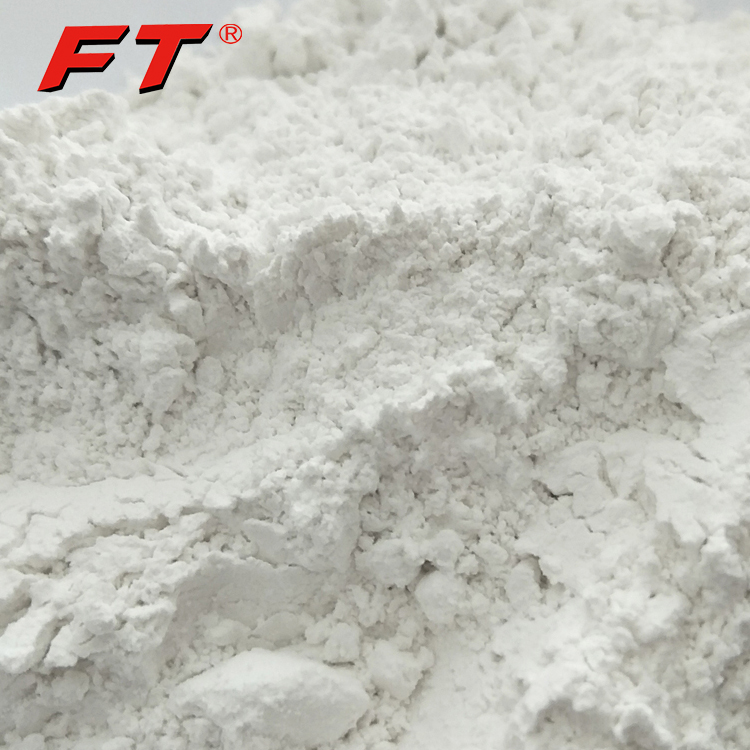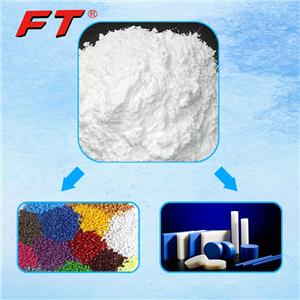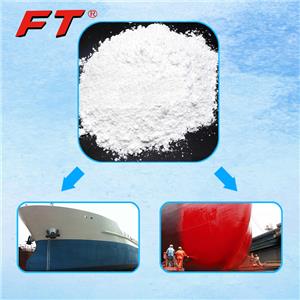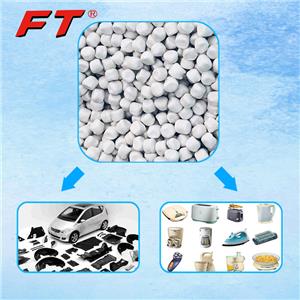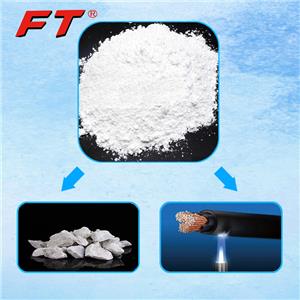How to choose talc powder for paints and coatings
How to choose talc powder for paints and coatings
Talc is a water-containing magnesium silicate mineral. It is soft and smooth, and generally in the form of massive, leafy, fibrous or radial. The super grade talc powder is widely used in cosmetics, paints, coatings, paper, plastics, rubber, cables, ceramics and also used as waterproof materials, refractory materials, lubricants, pesticide absorbents and engraving materials.
Though talc can be widely used in different industies, we need know how to distinguish talc powder. Here we describe the talc power in different physical characters, like
According to size standard, talc powder can be divided into:
Ground talc powder: sieved with a test sieve, and the test sieve has a pore diameter of 1000 μm-38 μm and a talc powder with a passing rate of 90% or more;
Fine talcum powder: talc powder with a cumulative content of 90% or more and a particle size of 30 μm or less;
Ultrafine talc powder: talc powder with a cumulative content of 90% or more having a particle size of 10 μm or less as measured by an instrument.
Talc powder is soft, low in abrasiveness, and has high whiteness, good suspension and dispersibility. It can be used in white body pigments and various water-based, oil-based, resin-based industrial coatings, primers, protective varnishes, etc. Here we choose the suitable talc for coatings and paints in following factors:
1. From the talc structure
The talc powder with flake-like particle structure can make the coating film have high water resistance and enamel impermeability, and is mainly applied to primers and intermediate coatings.
The talc powder with fibrous particle structure has high oil absorption and good rheology, which improves the storage stability of the coating, and can improve the rheology and leveling of the coating, and improve the coating. Weather resistance.
2. From the talc size
The coarser grade talc is used in some rough film, such as the inner wall primer intermediate layer and the marking paint; the ultrafine grade talc powder is used to control the gloss, consistency and sag of the semi-photomagnetic paint;
In addition to improving the film properties, the fine-grade and ultra-fine-grade talc powder also has a spatial separation capability, which can partially replace pigments such as TiO2.
3. From the type of paint
Talc can be used in a variety of industrial coatings, especially primers. The lacquer powder can be used in whole or in part for the steel structure primer to improve the precipitation of the coating, the mechanical force of the coating film and the recoatability. Talc is preferred for many products and paints for flash primers and vehicles.
Used in water-based latex paints, talc can impart good paintability, leveling and gloss retention to the coating. The resulting coating has good impact resistance and flexibility, and can also effectively improve the corrosion resistance of the coating and dry.
In solvent-based wood coatings, talc is mainly used in PU transparent primers and PU solid color topcoats. Its low hardness helps to improve the abrasion of the film. On the other hand, the refractive index of talc (1.57) ) The refractive index of the resin base material (1.45~1.60) is similar, and the transparency of the obtained coating film is high, which can well reflect the natural texture effect of the wood grain of the substrate.
The addition of ultrafine talc powder to the silicate coating can significantly improve the film formation of the coating and improve the performance of the coating.
In the silicone high temperature resistant coating, the talc powder of the sheet structure can improve the flexural rigidity of the high temperature resistant coating at high temperature, thereby improving the adhesion of the high temperature resistant coating at high temperatures; on the other hand, talc and silicone The functional group of the resin undergoes a chemical reaction under high temperature conditions to form a silicon-oxygen bond having a certain bonding force and a protective force. Thereby maintaining the structural stability of the coating.
In addition, talcum powder is used for interior wall coatings to improve scrub resistance and workability; for anti-corrosion coatings, it can improve the protective effect by prolonging the diffusion path of corrosive substances; the filler used for polyurethane waterproof coating can reduce the curing of coatings. The volume shrinkage at the time, improve the wear resistance and adhesion; it can also act as a release agent for the pigment to improve the coloring effect of the pigment.
